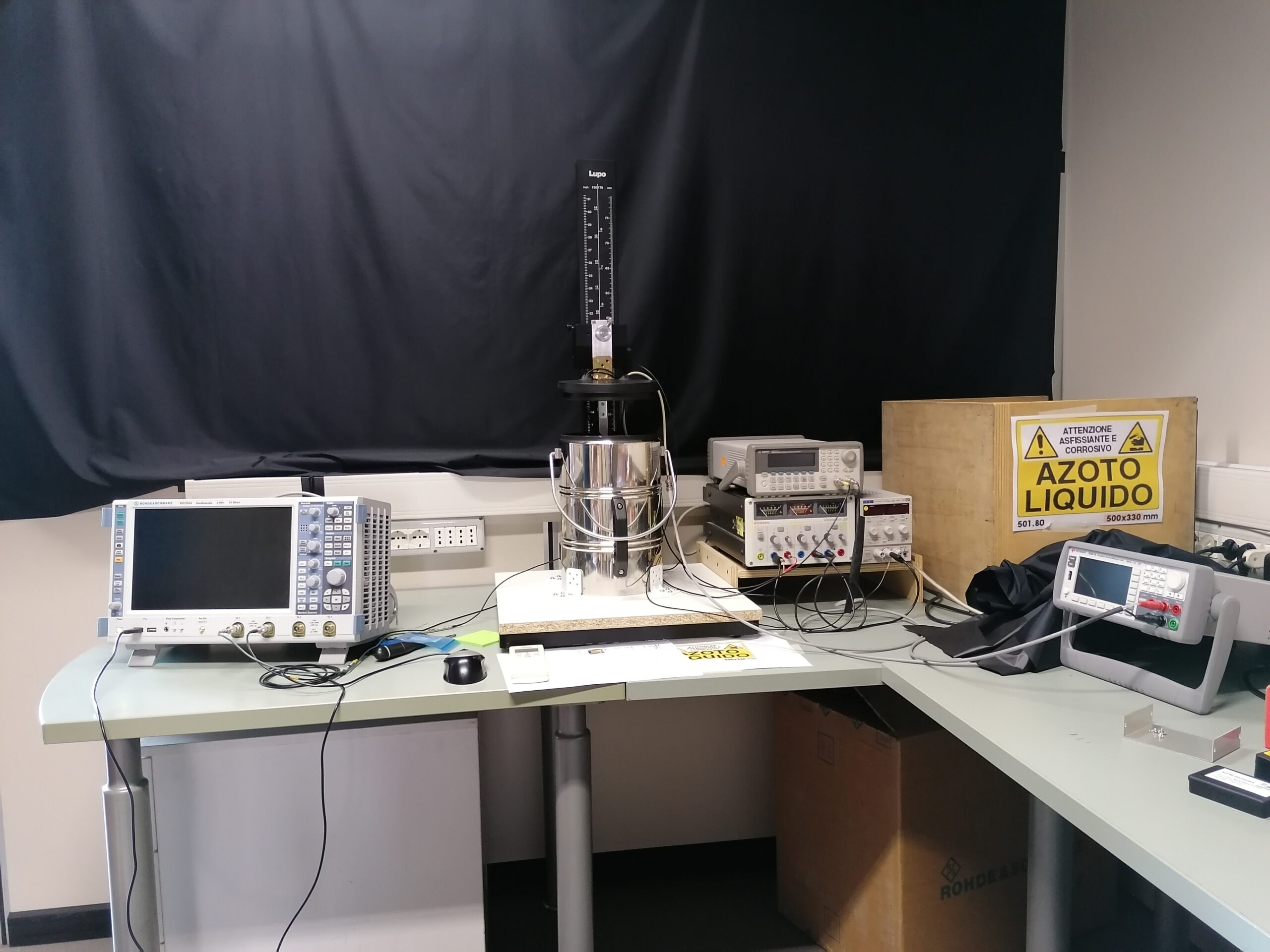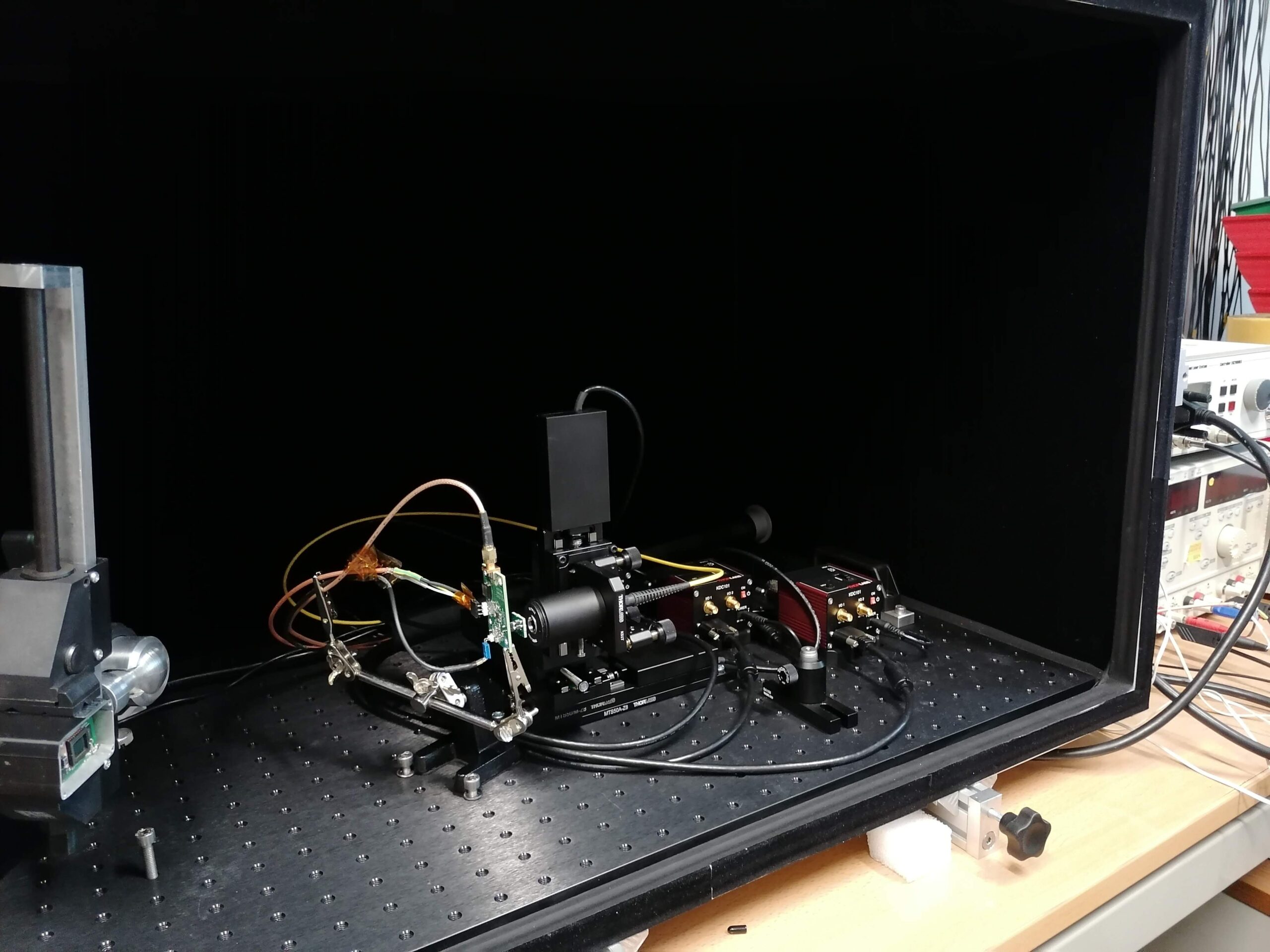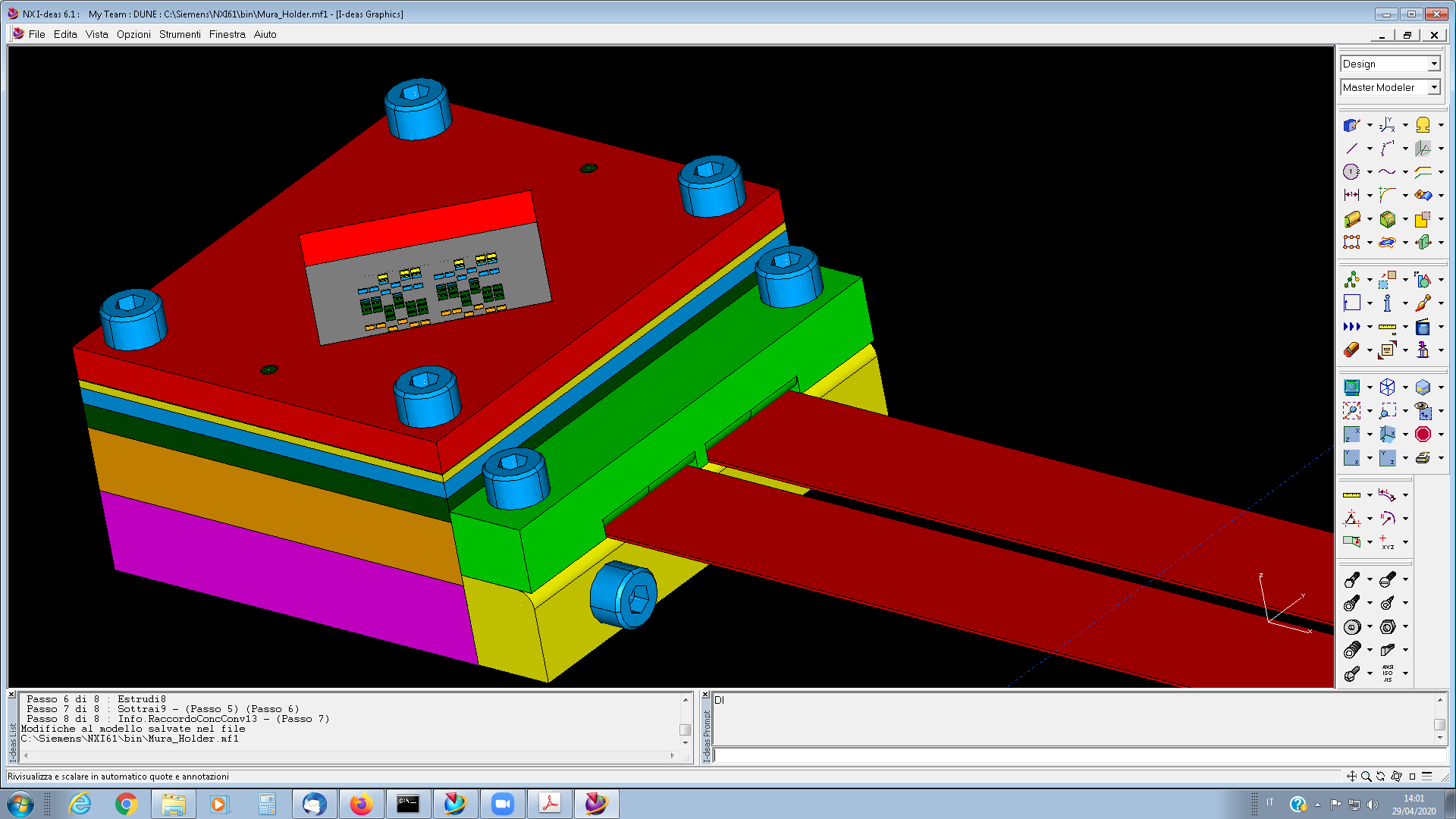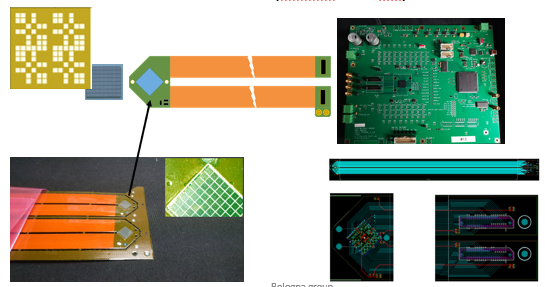PageContent
Deep Underground Neutrino Experiment (DUNE)

The last half past century saw neutrinos, the most abundant particles of matter in the universe, in the spotlight by showing some hint of physics beyond the standard model. Further researches are needed to try to give an answer to several open questions about the nature of matter and the evolution of the universe.
The Deep Underground Neutrino Experiment (DUNE) is an international experiment that will consist of two detectors exposed to the the most intense neutrino beam in the world. A first detector will record the interactions of neutrinos close to the source, at the Fermi National Accelerator Laboratory in Batavia, Illinois while a the second one, much larger than the first, will be installed in the Sanford underground research laboratory in Lead, South Dakota, 1,300 km away from the point of production and 1 km underground.
The DUNE experiment aims to investigate many different topics:
- neutrino oscillation physics: the main goal of the experiment will be the determination of the neutrino mass ordering and the possible CP symmetry violation in the leptonic sector. This can provide information on the origin of the matter-antimatter asymmetry, one of the fundamental questions in physics of particles and in cosmology.
- proton decay: its observation would be a sensational discovery in particle physics and providing a key point for great unification theories.
- observation of neutrinos coming from the collapse of a supernova in our galaxy: the measurement of the neutrino flux coming from this source would provide unique information about the first stage of the nucleus collapse and on the formation of a neutron star. Moreover it could allow to assist at the birth of a black hole.
Bologna activities
The DUNE group in Bologna is committed in:
- Study and optimization, through Monte Carlo simulation, of the SAND (System for on-Axis Neutrino Detection) detector that will composes the near detector system of the DUNE experiment. Special interest is addressed to the re-use of the superconducting magnet and of the electromagnetic calorimeter of the KLOE detector that operated, for more than 20 years, in one of the collision points of the DAΦNE electron-positron collider at the Laboratori Nazionali di Frascati.
- Test and characterization of the silicon photomultiplier (SiPM) that will be assembled in the X-ARAPUCA modules employed for the photon detection of the scintillation light in the LArTPCs that will compose the DUNE far detector system.
- Cryogenic laboratory
- Optical tables with triaxial micrometric motors
- Study, design, optimization and develop of a groundbreaking system for the optical read-out imaging of the scintillation light produced in the SAND inner LAr target. The optical system is based on coded aperture masks, i.e. grids, gratings, or other patterns of materials opaque to various wavelengths of electromagnetic radiation. By blocking radiation in a known pattern, a coded “shadow” is cast upon a plane. The properties of the original radiation sources can then be mathematically reconstructed from this shadow. Coded apertures are used in X- and gamma ray imaging systems, because these high-energy rays cannot be focused with lenses or mirrors that work for visible light. This technique was developped for the first time at the end of the 70s and since than it has been exploited mainly in astronomy and space missions.
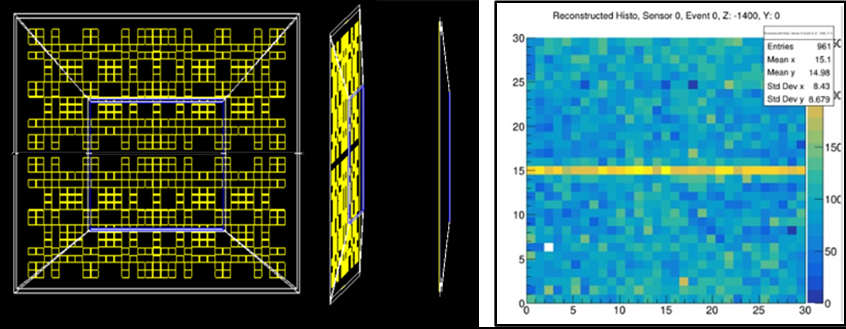 Bologna group is involved in GEANT4-based Monte Carlo simulations of this system: in the picture (left) a sketch of one of the simulated coded aperture masks and (right) the reconstructed image of a muon traversing a LAr volume. Moreover, the group is committed in the development of a prototype based on matrices of Hamamatsu SiPMs read-out by commercial ASIC (TRIROC) with the aim of check and validate the reconstruction technique using patterns of LED devices in LN2.
Bologna group is involved in GEANT4-based Monte Carlo simulations of this system: in the picture (left) a sketch of one of the simulated coded aperture masks and (right) the reconstructed image of a muon traversing a LAr volume. Moreover, the group is committed in the development of a prototype based on matrices of Hamamatsu SiPMs read-out by commercial ASIC (TRIROC) with the aim of check and validate the reconstruction technique using patterns of LED devices in LN2.- Mechanical project of the SiPM matrix holder
- Flex cables and read-out board for the SiPM matrix
Bologna DUNE group
+ MoreUseful links
+ More- Deep Underground Neutrino Experiment (DUNE), Far Detector Technical Design Report, Volume I: Introduction to DUNE
- Deep Underground Neutrino Experiment (DUNE), Far Detector Technical Design Report, Volume II: DUNE Physics
- Deep Underground Neutrino Experiment (DUNE), Far Detector Technical Design Report, Volume III: DUNE Far Detector Technical Coordination
- Deep Underground Neutrino Experiment (DUNE), Far Detector Technical Design Report, Volume IV: Far Detector Single-phase Technology



